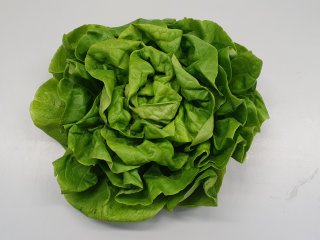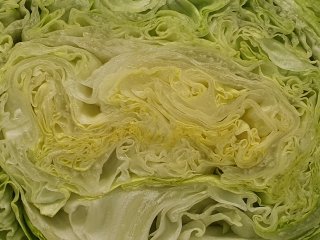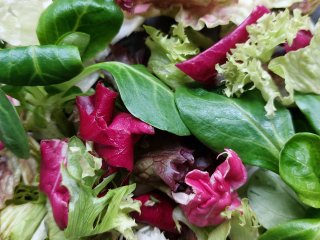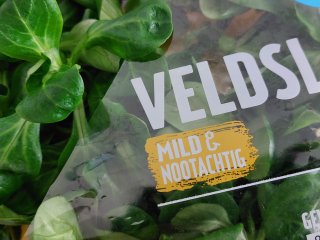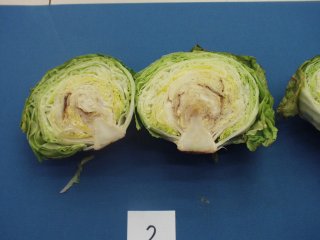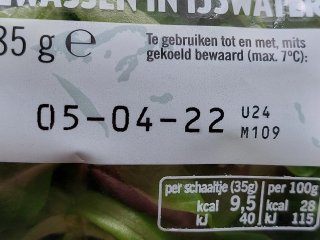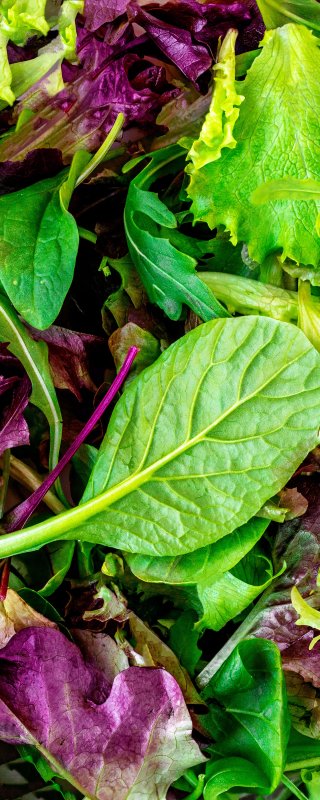
Lettuce quality
Quality of lettuce is determined by several characteristics that give enjoyment to the consumer. Important characteristics of quality are appearance, colour, texture and flavour. Appearance and colour are examples of external quality parameters. Texture and flavor are examples of internal quality. The quality characteristics are influenced by variety, pre-harvest factors, harvest practices and postharvest handling. Determination of quality provides an important indication of the remaining storage potential and shelf-life.
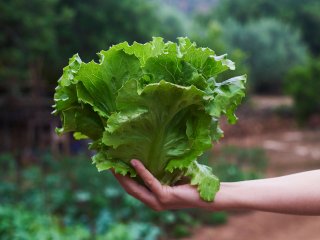
Optimal quality of lettuce
Important quality characteristics of lettuce are the fresh appearance, the typical (usually green) colour and the turgid leaves. The shape should be characteristic of the lettuce type, a good example is “oak leaf”. One of the main characteristics of lettuce is its high water content. The moisture levels must be kept high to avoid too much dehydration, which leads to wilted leaves. The leaves are also sensitive to discoloration. Diseases and disorders should be prevented as much as possible. The minimum requirements for good quality include: intact, healthy, clean, fresh in appearance, turgescent, (practically) free of damages, and free of foreign smell and / or taste.
